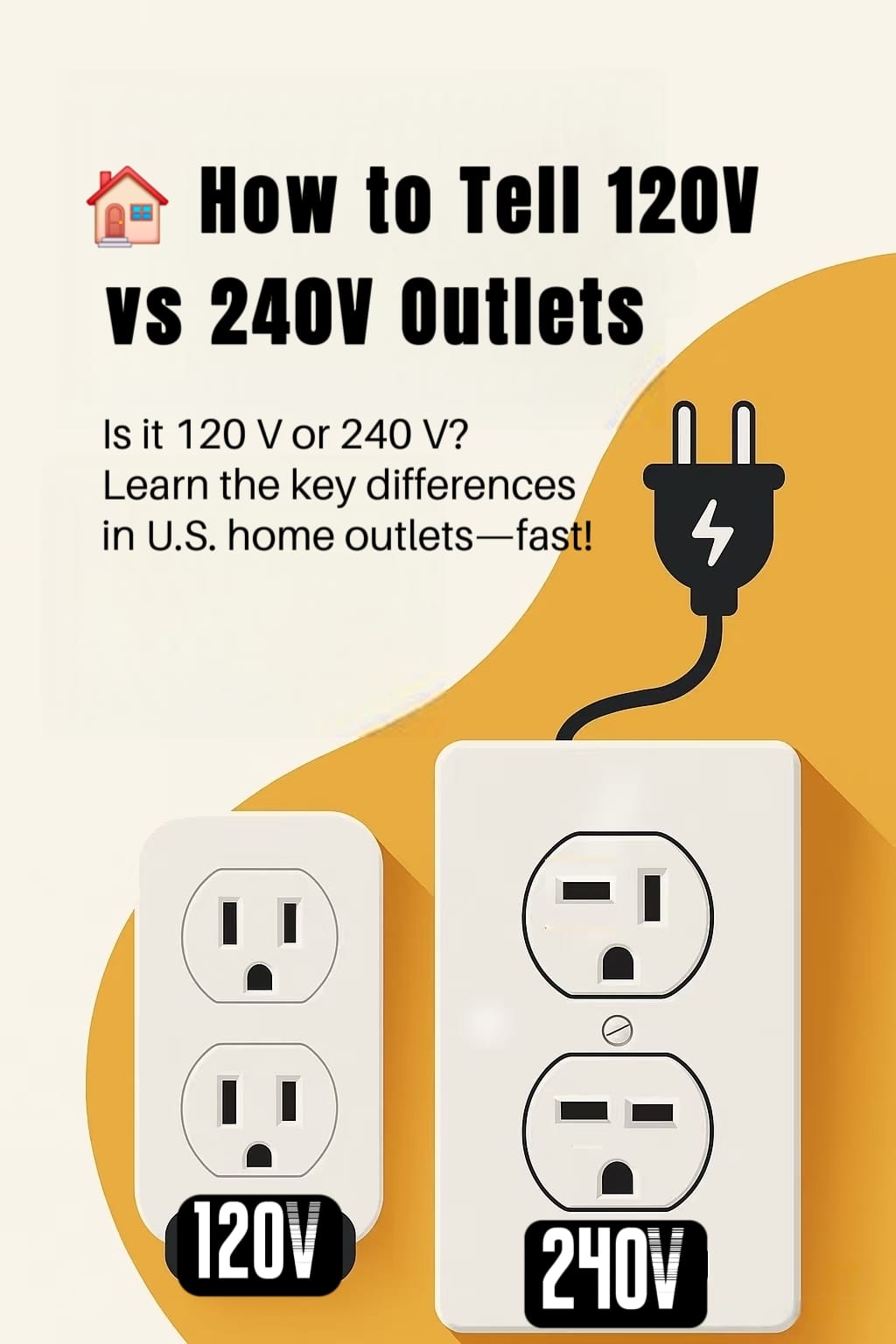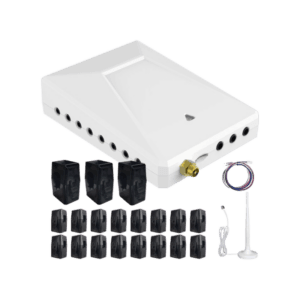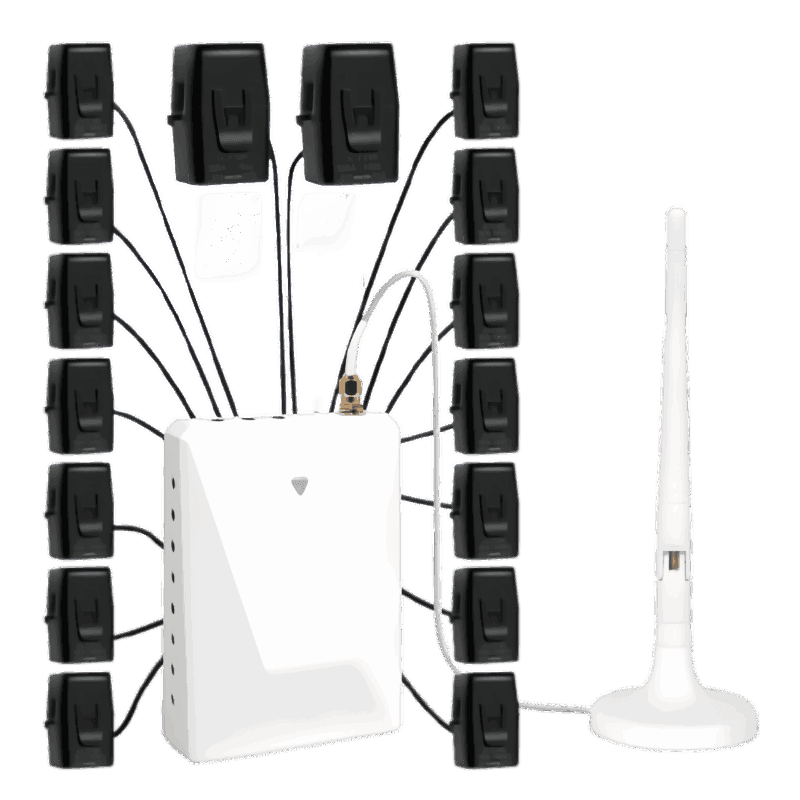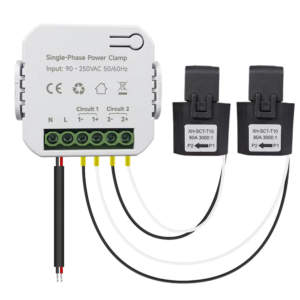Thinking about installing a new appliance?
Maybe you’re moving into a new home and wondering if your laundry room has the right outlet for your dryer. Or perhaps you just bought a portable air conditioner or even an EV charger. One of the first questions that pops up is simple but important: how to tell if an outlet is 120V or 240V?
In U.S. homes, both outlet types exist. A standard wall plug near your lamp or TV is usually 120 volts, while high-demand appliances—like ovens, water heaters, or central air conditioning—often require 240 volts. Plugging into the wrong one isn’t just inconvenient. It can cause your appliance to underperform, trip a breaker, or even damage the equipment.
The good news? You don’t need to be an electrician to figure this out. By learning the key differences, you can identify outlet voltage quickly and safely—without opening your panel or handling live wires. This guide will walk you through the basics, show you how to recognize 240V vs 120V outlets at a glance, and explain what to do if you ever need to upgrade.
Understanding the Basics: 120V vs. 240V in U.S. Homes
Before you start checking plugs and labels, it helps to understand why U.S. homes have 120V vs 240V outlets in the first place. The American electrical system is built on a split-phase 120/240V supply, which means your home actually receives two “hot” wires and one neutral from the utility. Depending on how circuits are wired, you can get either 120 volts or 240 volts.
- 120V circuits: These are the most common. Each circuit uses one hot wire and one neutral, delivering 120 volts. This is the standard for everyday outlets and small appliances.
- 240V circuits: These use both hot wires together, which doubles the voltage to 240 volts. Because they can deliver more power, they’re used for heavy-duty appliances.
Here’s a quick reference:
| Voltage | Typical Appliances |
|---|---|
| 120 V | Lamps, TVs, laptops, microwaves, coffee makers |
| 240 V | Electric dryers, ovens, water heaters, central A/C, EV chargers |
One common point of confusion is the difference between 110V and 120V outlets. In practice, they’re the same thing. People often use the terms interchangeably, but modern household wiring in the U.S. is standardized at 120V. When you see an appliance label that says “110V,” it’s simply designed to work with today’s 120V supply.
So, think of it this way:
- 120V = everyday living
- 240V = heavy power
Understanding this split is the foundation for recognizing which outlets you’re dealing with in your own home.
Quick Ways to Tell If an Outlet Is 120 V or 240 V
Now let’s move on to the practical side—what does a 240V outlet look like and how it differs from a regular 120V. You don’t need special tools for this first check; just use your eyes and a little common sense.
1. Look at the Outlet Shape
- 120V outlet: The most common style has two vertical slots and one round hole for the ground. You’ll see these everywhere—bedrooms, living rooms, kitchens—for small appliances.
- 240V outlet: Much bulkier. Depending on the appliance, you might see T-shaped slots, L-shaped patterns, or three/four-prong arrangements. These outlets are often larger and may be installed closer to the floor or in utility areas like laundry rooms.
- If you’re still unsure, search for pictures of “120V vs 240V outlet” to compare—visuals make the difference obvious.
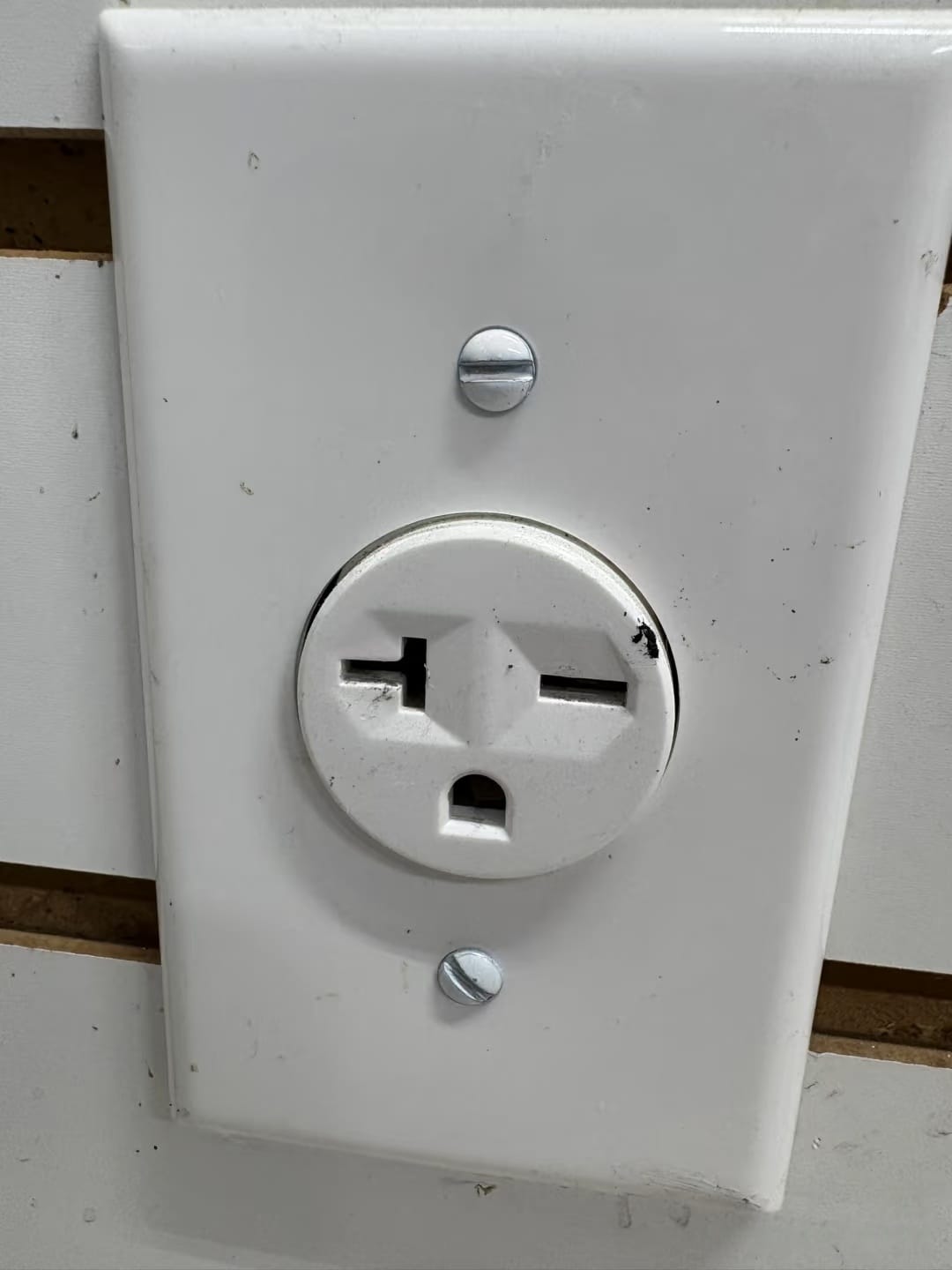
2. Check the Plug
Another way to tell is by looking at the appliance plug itself:
- Everyday devices like lamps, toasters, or TVs have slim, two-prong or three-prong plugs that fit into 120V outlets.
- Heavy-duty appliances—dryers, ranges, or EV chargers—come with larger, thicker plugs. These are intentionally designed so they cannot fit into a 120V outlet. This prevents dangerous mismatches.
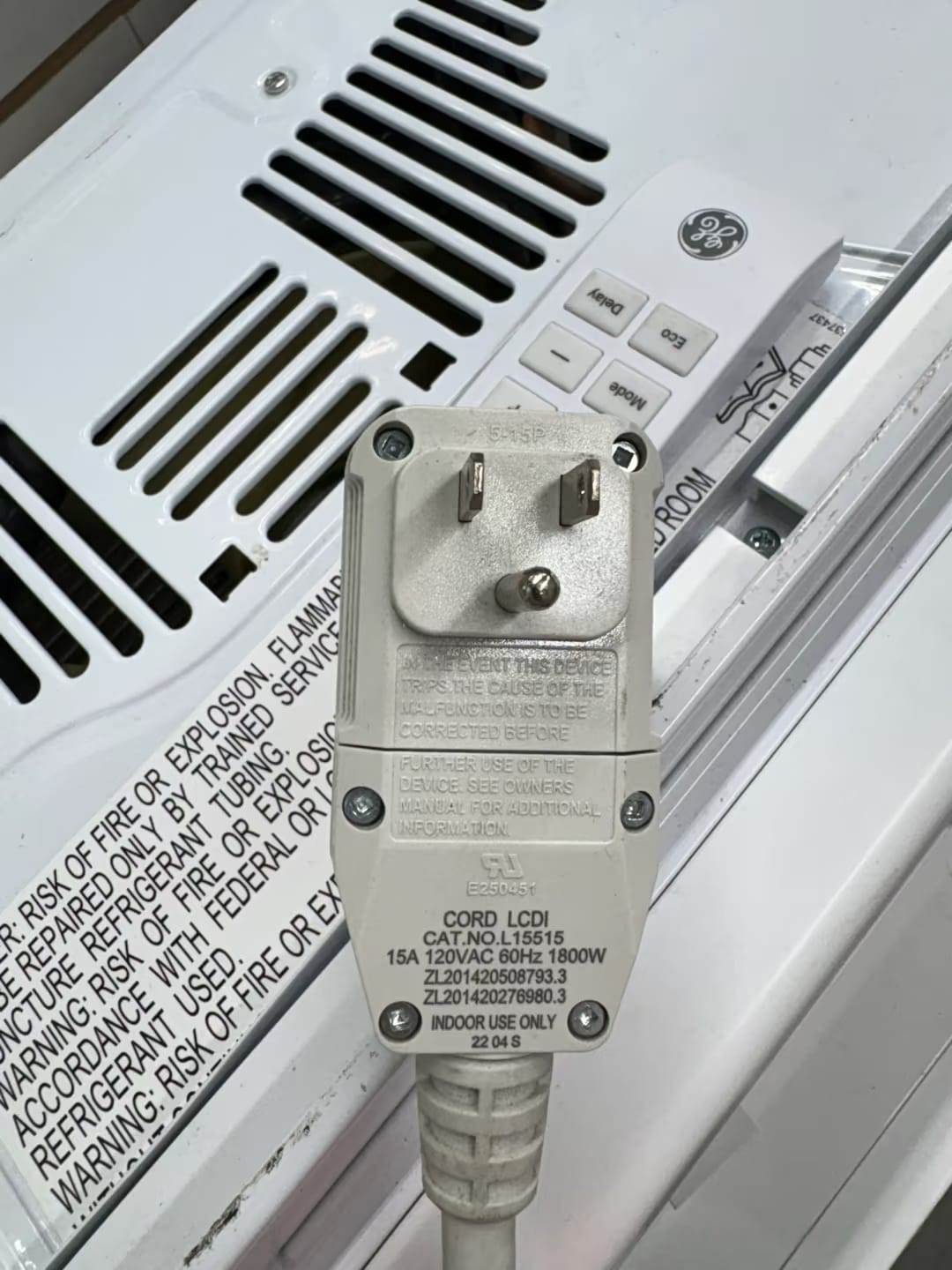
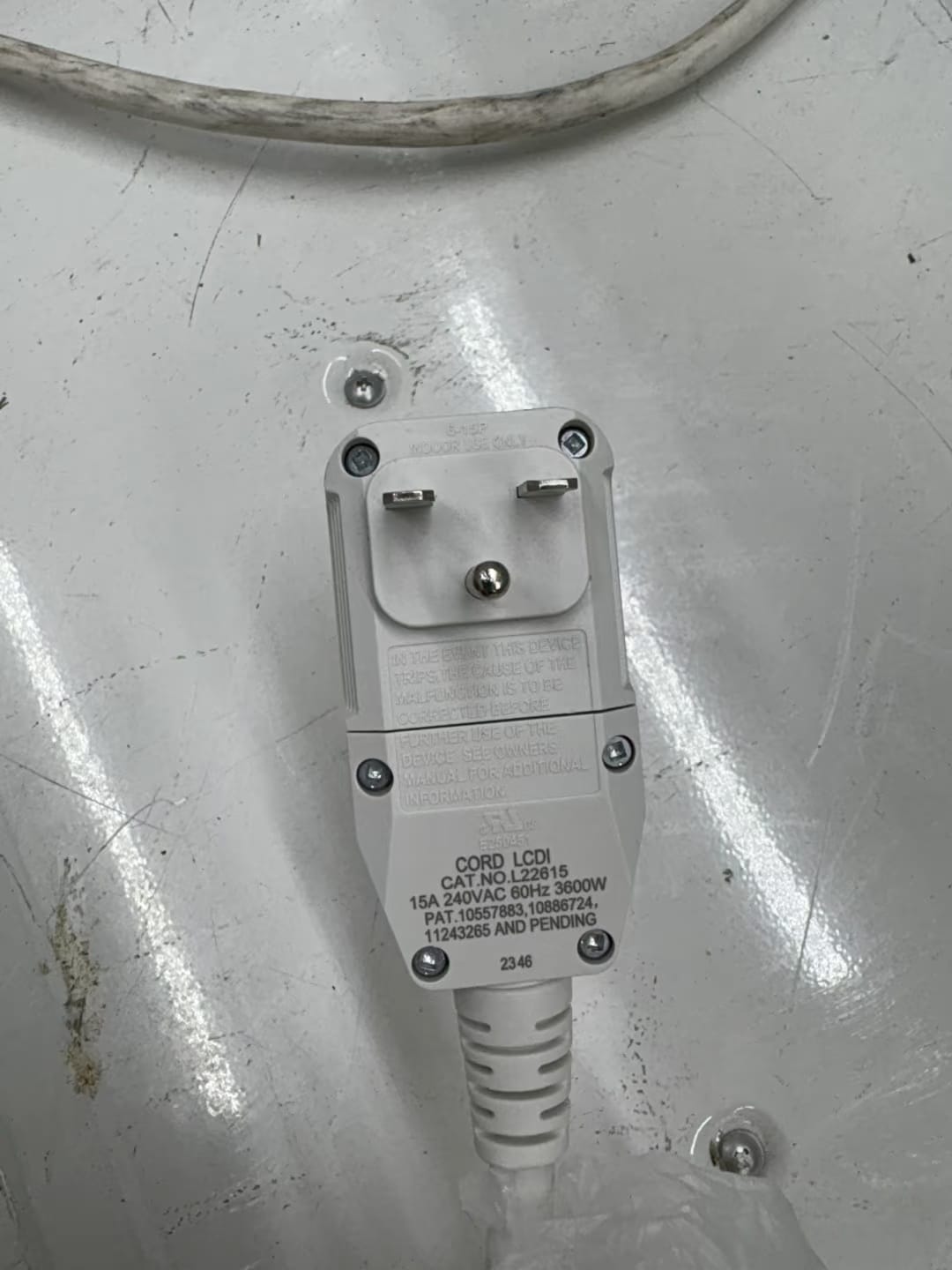
3. Read the Appliance Label
Every appliance is required to list its input voltage. Look for wording like:
- “Input: 120V ~ 60Hz” → safe for standard outlets
- “Input: 240V ~ 60Hz” → requires a special 240V circuit
You can usually find this label on the back of the unit, near the power cord, or inside the user manual. This step is especially useful for things like window A/C units or imported appliances where the plug might not give away the voltage.
With just these three checks—outlet shape, plug size, and label—you’ll be able to identify outlet voltage with confidence, without needing to open the breaker panel or touch wiring.
Pro Tip: Tools like a split-phase energy monitor, or even a multi-circuit energy monitor for 240V appliances, can make this process easy. For a bigger picture of smart home energy management, try the FREE HomePanel Calculator.
When You’ll Typically See 240 V Outlets
If you walk through a typical U.S. home, you’ll see dozens of 120V outlets—but only a few 240V outlets. That’s because they’re reserved for appliances that need a lot more power than a standard plug can provide.
Here are the most common places you’ll run into them:
- Laundry rooms – Electric dryers almost always need 240V. If you’re asking yourself, “Does my dryer need 240V?” the answer is likely yes—unless it’s a compact or gas-powered model.
- Kitchens – Large ovens, cooktops, and some built-in microwaves require 240V to handle heating elements.
- Garages – EV chargers are becoming more popular, and nearly all Level 2 chargers require a 240V circuit.
- Outdoors/utility areas – Central A/C compressors, heat pumps, and well pumps typically run on 240V.
Pro Tip: Look at the Breaker Panel
If you want to confirm whether a circuit is 120V or 240V, check your breaker box:
- Single-pole breaker = 120V circuit
- Double-pole breaker = 240V circuit
This is because a double-pole breaker connects to both “hot” wires in the split-phase system, delivering full 240V. You’ll often see double-pole breakers labeled for “Dryer,” “Range,” “A/C,” or “Water Heater.”
Safety Reminder
While it’s okay to open your panel door and look, never remove covers or touch wiring unless you’re qualified. If you’re not sure, snap a photo of your breakers and ask a licensed electrician to confirm.
Can You Convert a 120V Outlet to 240V?
Homeowners often wonder: can you convert 120V to 240V if you don’t already have the right outlet? The short answer is yes—but it’s not as simple as swapping out the receptacle.
Why It’s Not a DIY Job
A 240V circuit requires:
- Two hot wires instead of one
- A double-pole breaker in your panel
- Correct wire gauge to handle the increased load
That means converting an outlet involves rewiring from the breaker panel and ensuring everything meets code. Attempting this on your own without proper training can result in fire hazards, code violations, or damaged appliances.
Typical Costs
The cost to install a 240V outlet varies depending on how far the outlet is from the electrical panel, whether your panel has room for another breaker, and whether permits are required. On average, homeowners spend:
- $250–$400 for a simple installation near the panel
- $500–$1,000+ if new wiring must be run across multiple rooms or to a detached garage
If you’re planning for a future EV charger, heat pump, or large appliance upgrade, it’s wise to install the 240V outlet sooner rather than later.
Best Practice
Always hire a licensed electrician. Not only will the work be safer, but it also ensures your installation passes inspection and complies with the National Electrical Code (NEC).
Conclusion: Quick Summary
By now, you should feel confident about how to tell if an outlet is 120V or 240V in your home. The key points to remember:
✅ 120V outlets power everyday devices like TVs, lamps, and coffee makers.
✅ 240V outlets handle heavy appliances like dryers, ovens, water heaters, and EV chargers.
👀 You can identify them by outlet shape, plug size, or the appliance label.
🛡️ If you’re ever unsure, use a voltage tester—or better yet, call a licensed electrician.
And if you want to go one step further, a smart energy monitor can give you a clear picture of how your home uses both 120V and 240V power. That knowledge not only helps you avoid mistakes but also saves money on energy bills.
FAQ
Can a standard outlet be both 120V and 240V?
No. They are wired differently and designed with distinct outlet shapes to prevent accidents. A receptacle is always one or the other.
Is it safe to test with a multimeter?
Yes, but only if you’re experienced. A non-contact voltage tester for home outlets is safer for beginners. When in doubt, leave it to an electrician.
Do smart plugs tell you voltage?
Most smart plugs don’t measure voltage directly. They can show energy usage for 120V devices, but for full-circuit monitoring—including 240V appliances—you’ll need a smart energy monitor.
What happens if you plug 120V into 240V?
It can destroy the device instantly. This is why 120V 240V outlet safety matters so much—appliance plugs and outlets are purposely designed not to fit each other.
Does my dryer need 240V?
Most full-size electric dryers in the U.S. do require 240V. Compact dryers and gas dryers may only use 120V, so always check the label before buying or installing.
